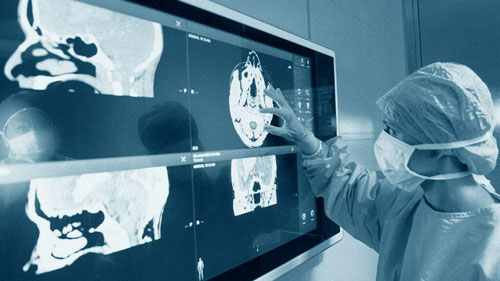A recent three-pronged study concludes that SARS-CoV-2 may infect nerve cells and impede blood flow in the central nervous system.
Covid-19 continues to have devastating effects on the short- and long-term health of millions throughout the world.
Because SARS-CoV-2, the virus that causes the illness, is relatively new territory, researchers are still investigating how it functions within various organs.
A team of scientists, many from the Yale School of Medicine, in New Haven, CT, recently provided evidence that SARS-CoV-2 can directly infect cells in the central nervous system (CNS) and cause tissue damage.
The results appear in the Journal of Experimental Medicine.
Stay informed with live updates on the current Covid-19 outbreak and visit our coronavirus hub for more advice on prevention and treatment.
SARS-CoV-2 infects lung tissue by binding to angiotensin converting enzyme 2 (ACE 2) receptors on the surfaces of cells. Once it binds to a cell, the virus can enter it and induce respiratory symptoms such as shortness of breath and a dry cough.
However, recent studies have shown that the virus can also infect cells in the CNS, which consists of the brain and spinal cord.
This helps explain the increasing number of patients with neurological symptoms, including dizziness, confusion, stroke, and coma.
The present study adds to earlier research by analyzing the mechanisms of nerve cell infection. To explore the extent and impact of the infection, the team used three different brain models: human brain organoids, genetically engineered mice, and autopsies of people with Covid-19 who had died.
The study first examined the potential for SARS-CoV-2 to infect the brain using human brain organoids — 3D models produced in a lab from stem cells of healthy individuals.
Scientists also used brain organoid models to analyze similar questions of neuronal infection during the Zika virus epidemic of 2015–2016.
In the present study, the organoids accumulated SARS-CoV-2-positive cells within specific brain regions, providing evidence that the virus can infect neurons and replicate itself.
The areas near these infected cells also signaled increased levels of cell death. However, it turned out that the majority of these dead cells had not been infected. Cells were susceptible to either infection or cell death, but rarely to both.










